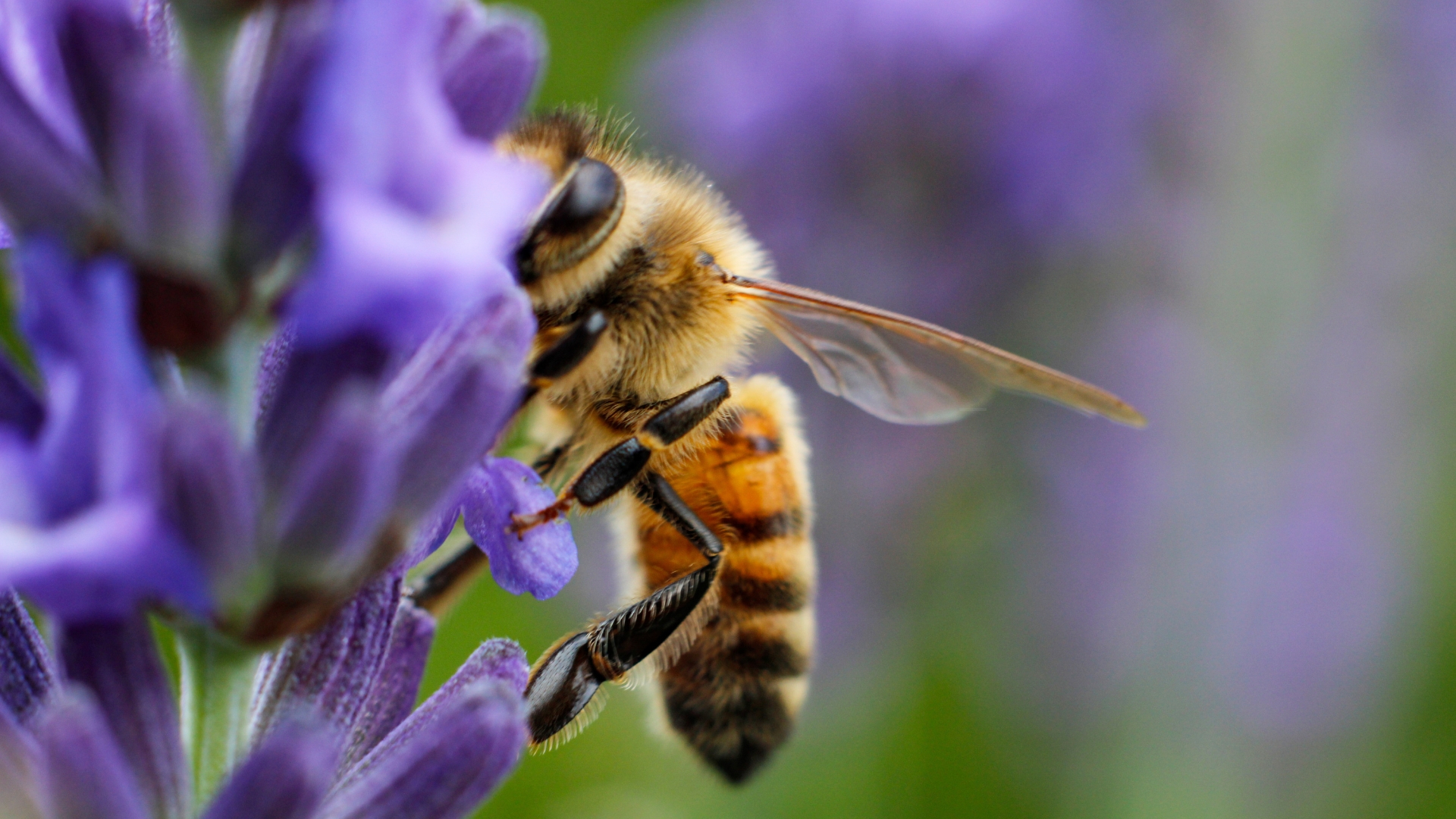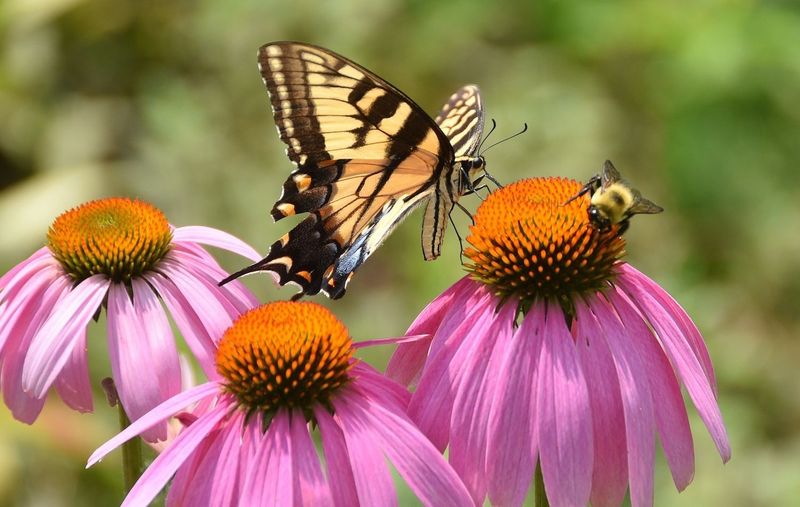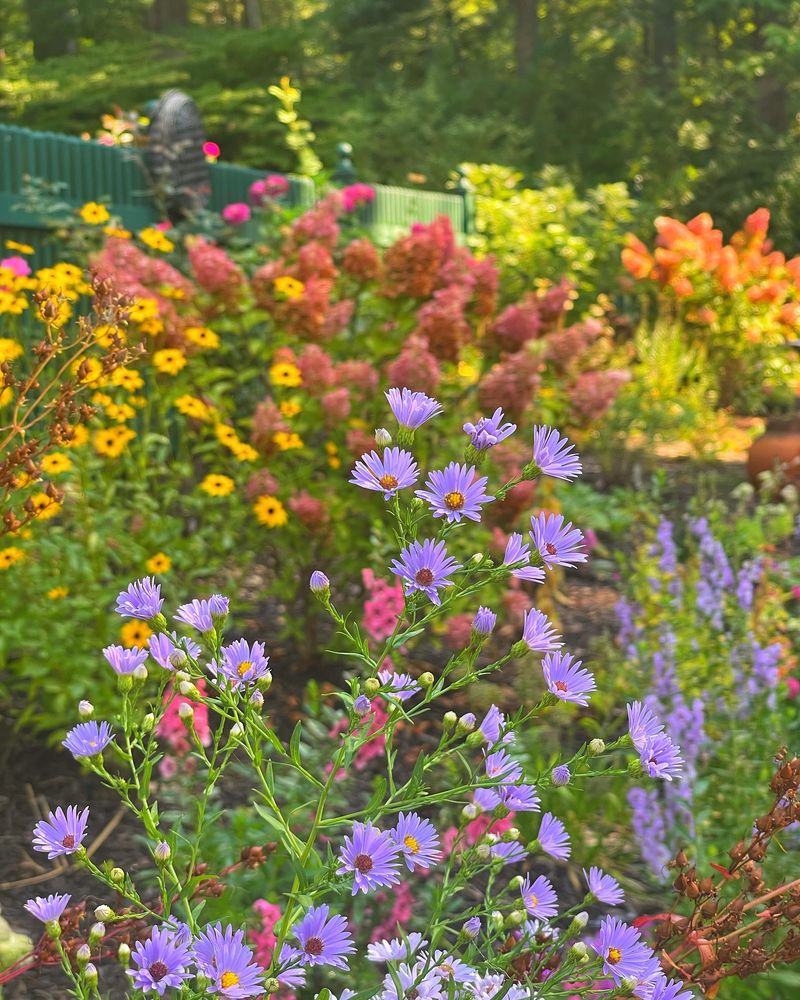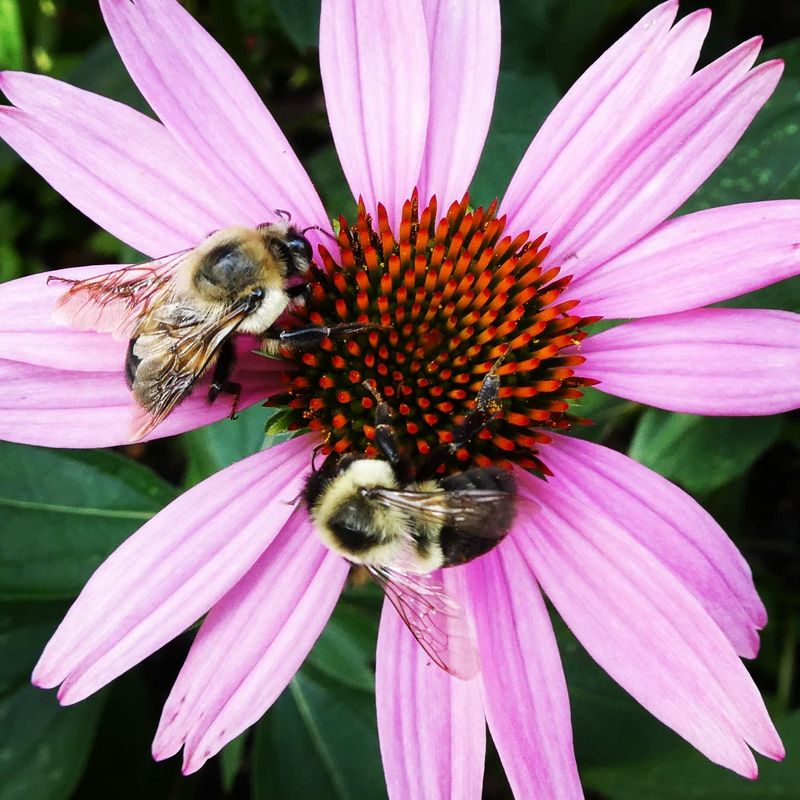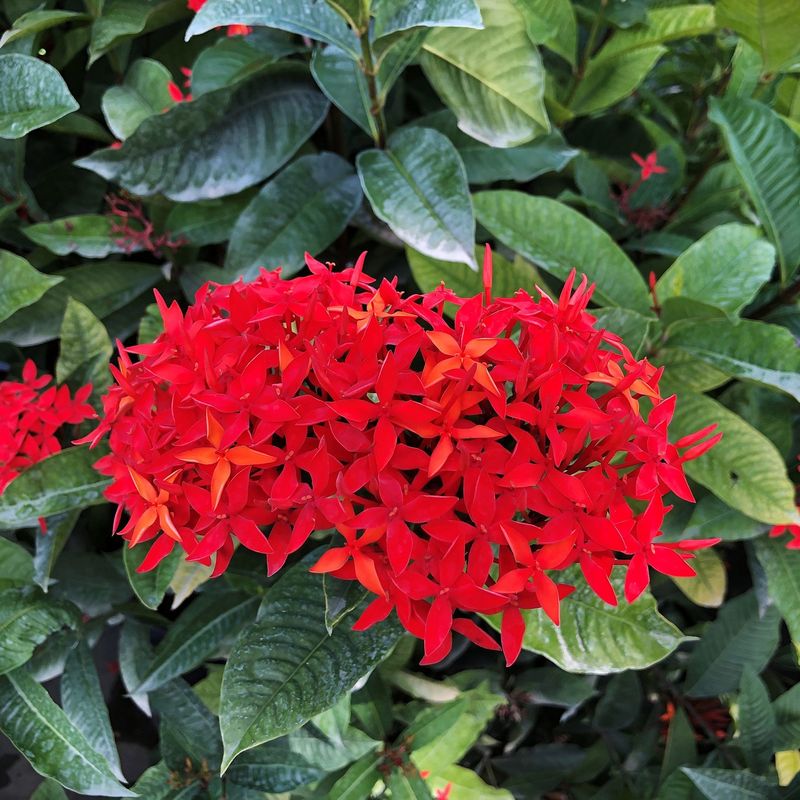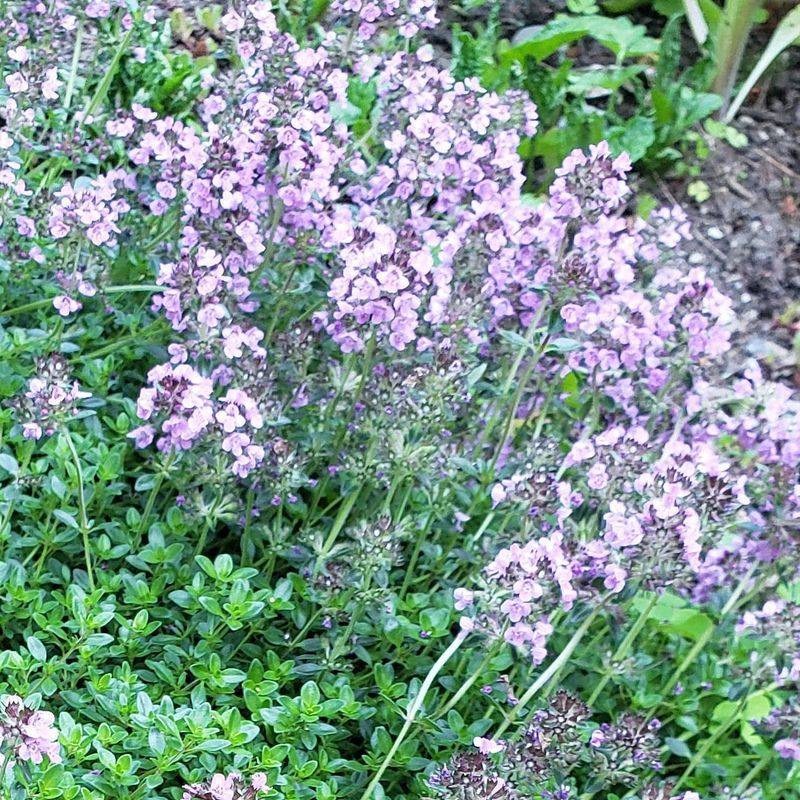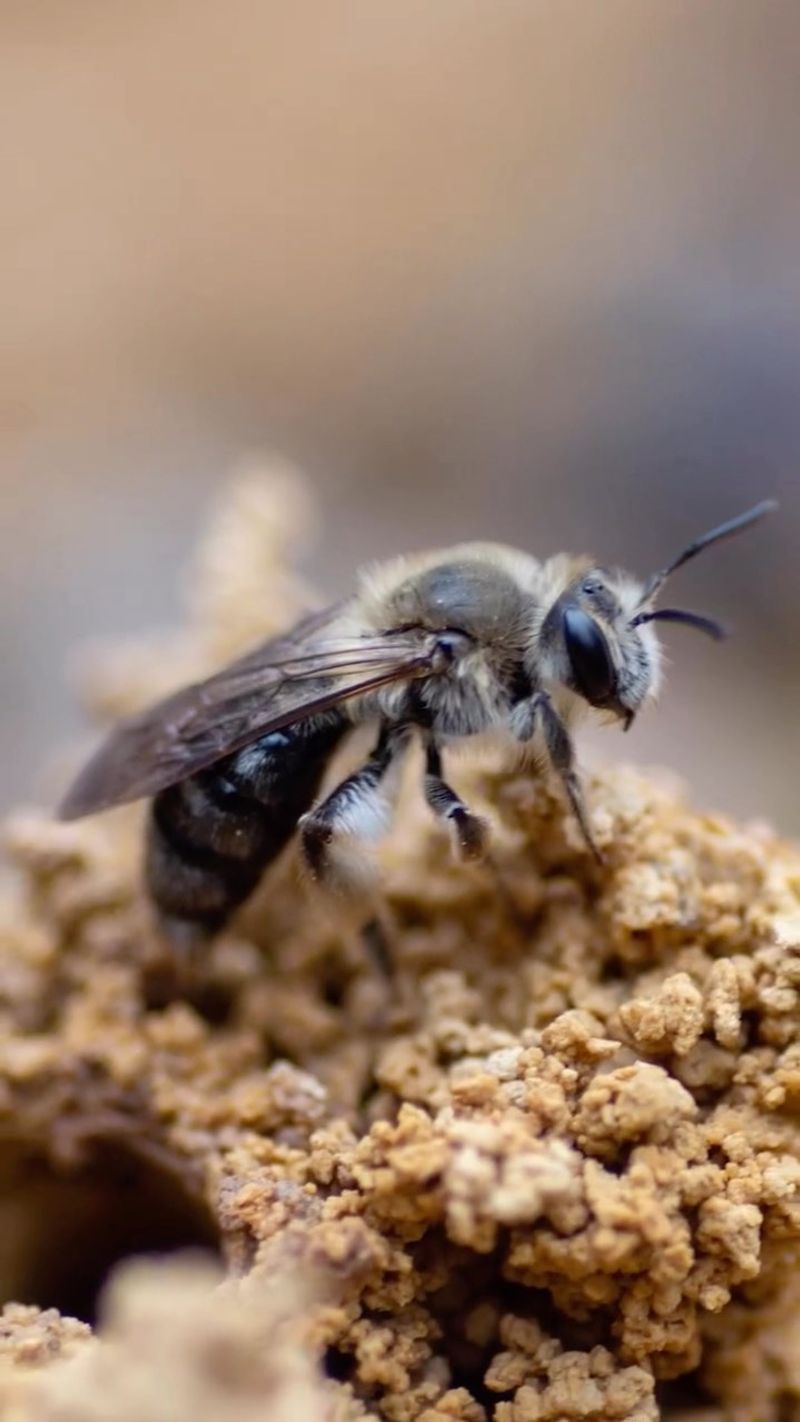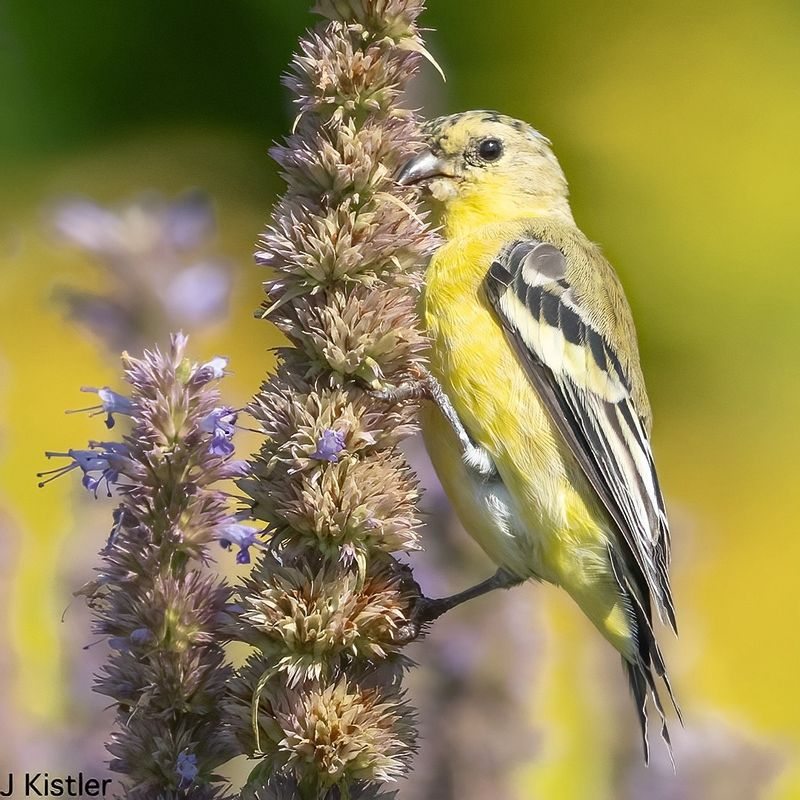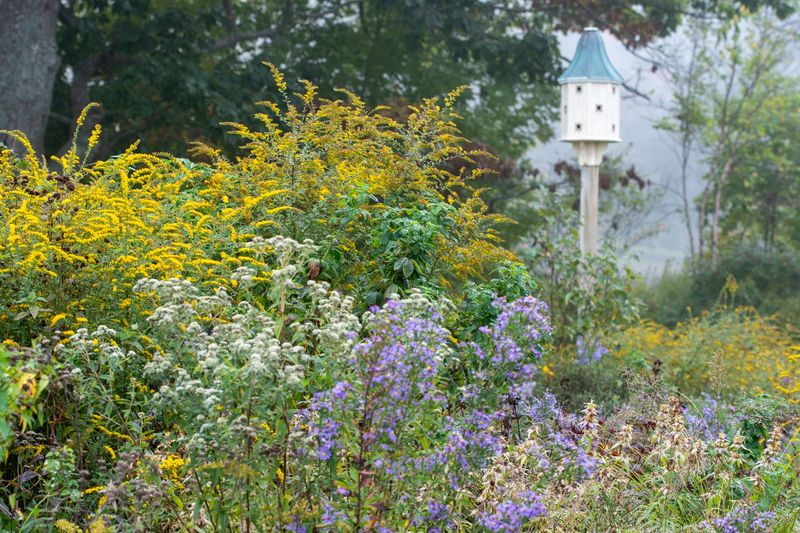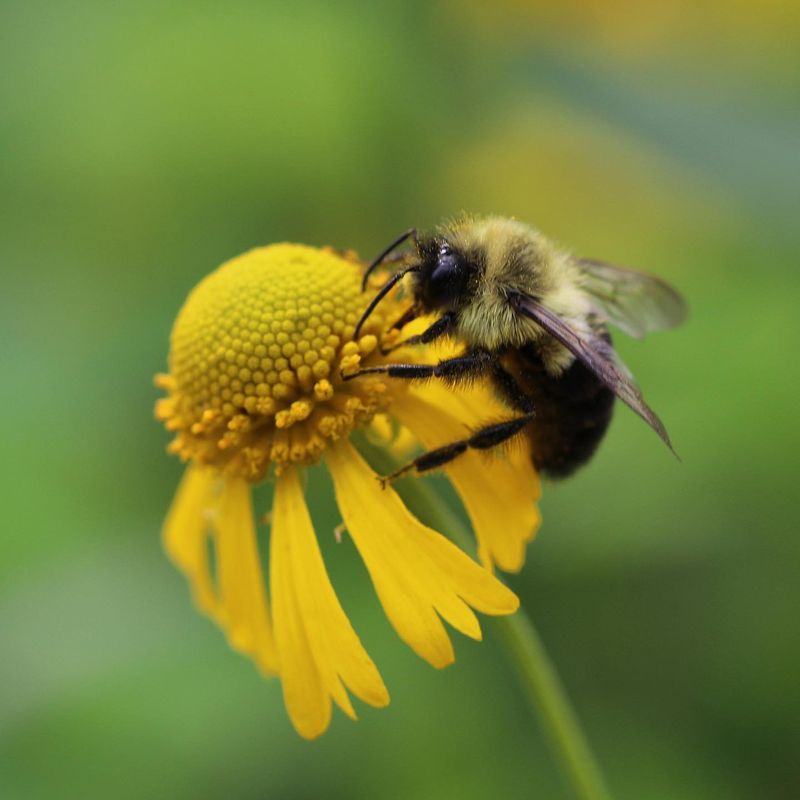Pollinators like bees, butterflies, and hummingbirds are the unsung heroes of a thriving garden. Without them, your blooms would fade and your harvests would shrink. This May, give them every reason to visit by following 10 essential tips to attract pollinators—and just as importantly, steer clear of 10 common mistakes that can drive them away. With the right approach, your garden can become a buzzing, blooming paradise all season long!
1. Plant A Variety Of Native Flowers
Native flowers are like a familiar home for pollinators. They recognize them and are naturally drawn to their colors and scents. By planting a variety of native flowers, you can provide diverse food sources that cater to different pollinators.
This not only enhances the beauty of your garden but also creates a thriving ecosystem. Imagine your garden buzzing with happy bees and fluttering butterflies, all thanks to your thoughtful planting choices.
Whether it’s the bright orange of butterfly weed or the deep purple of coneflowers, your garden becomes a vibrant, living tapestry.
2. Include Blooming Plants With Different Shapes And Colors
Variety is the spice of life, even for pollinators. Different shapes and colors of flowers attract different types of pollinators. Tubular flowers like salvias invite hummingbirds, while daisies draw bees.
Mixing shapes and colors not only pleases the eye but also ensures a range of pollinators find something they love. Picture a garden where every corner offers a new attraction, drawing in creatures from near and far.
It’s like a festival of colors and shapes, each petal inviting another visitor to enjoy its nectar and pollen.
3. Provide Continuous Bloom Throughout The Season
Ensuring your garden blooms from early spring to late fall is like rolling out the red carpet for pollinators. By planting flowers with varied blooming times, you ensure there’s always something in bloom.
This continuous supply of nectar keeps pollinators visiting your garden throughout the season. Imagine your garden as a banquet, always ready to offer a meal.
From the first crocuses in spring to the last asters in autumn, each bloom supports the lifecycle of these essential creatures, providing them with the nourishment they need.
4. Create A Water Source For Pollinators
Water is vital for pollinators, just as it is for us. By creating a water source, like a shallow dish with pebbles or a birdbath, you provide a safe place for pollinators to drink. This simple addition to your garden can make a big difference.
Picture bees taking a refreshing sip on a hot day, or butterflies landing daintily on a stone to rest. A dedicated water source is an oasis for these creatures, offering them a moment of respite and hydration, ensuring they’re ready to continue their important work.
5. Use Organic Gardening Practices
Organic gardening is a win-win for pollinators and plants alike. By avoiding synthetic chemicals, you create a safe environment where pollinators can thrive. Composting enriches the soil, while natural pest controls keep harmful insects at bay.
This creates a sanctuary where nature’s balance is respected, promoting healthy plant growth and robust pollinator populations. Your garden becomes a testament to the harmonious relationship between nature and nurture.
6. Plant In Clusters For Better Visibility
Planting flowers in clusters is like putting up a giant billboard for pollinators. Large groups of the same plant create vivid displays that are easy for pollinators to notice.
These clusters offer a bounty of nectar and pollen that’s hard to miss. Bees and butterflies can feast more efficiently, moving from flower to flower without much effort. It’s a simple yet effective way to make your garden an irresistible destination for pollinators.
7. Add Flowering Herbs Like Lavender And Thyme
Flowering herbs like lavender and thyme do double duty in a garden. They not only add flavor to your culinary creations but also attract pollinators with their enticing scents and flowers.
Thyme, with its tiny blossoms, provides nectar for small bees and butterflies. These herbs transform your garden into a sensory delight, combining beauty, aroma, and utility in one.
It’s a fragrant feast that pollinators can’t resist, enriching your garden’s ecosystem.
8. Provide Shelter With Shrubs Or Bee Hotels
Shelter is as important as food for pollinators. Dense shrubs and bee hotels provide safe havens where they can rest and nest. Imagine a cozy corner of your garden, where bees find refuge after a long day of foraging. Bee hotels, with their intricate designs, offer nesting sites for solitary bees.
Shrubs provide cover from predators and harsh weather. This combination of shelter options creates a pollinator-friendly environment, ensuring your garden is not only a place of abundance but also one of safety and comfort.
9. Leave Some Bare Soil For Ground-Nesting Bees
Not all bees live in hives; many prefer the simplicity of the ground. Leaving patches of bare soil in your garden invites these ground-nesting bees to settle in.
These bare patches become bustling neighborhoods for pollinators, contributing to the diversity of your garden.
By offering a variety of habitats, you ensure that different species can thrive, supporting a robust and varied pollinator population that benefits your entire garden ecosystem.
10. Let Some Plants Go To Seed For Extra Foraging
Allowing plants to go to seed provides an extended food source for pollinators. Seed heads attract not just pollinators but also birds, adding another layer of life to your garden.
By letting some plants complete their life cycle, you create a self-sustaining ecosystem. Birds feast on seeds, while pollinators enjoy the flowers before they seed.
It’s a cycle of nourishment that enriches your garden, providing sustenance for various wildlife and enhancing biodiversity.
11. Never Use Chemical Pesticides Or Herbicides
Chemical pesticides and herbicides may solve one problem but create many more. These harsh chemicals don’t just target pests—they also harm beneficial insects like bees, butterflies, and ladybugs that your garden depends on.
Even small amounts can disrupt pollinators’ health, driving them away from your garden for good. Instead, choose natural or organic alternatives that protect your plants and support the delicate ecosystem around them.
12. Don’t Plant Only One Type Of Flower
Planting only one type of flower limits the variety of pollinators your garden can attract. Different pollinators are drawn to different shapes, colors, and bloom times, so diversity is key.
A mix of flowers ensures there’s always something in bloom, offering food and shelter throughout the season.
When you plant a variety, you create a vibrant, ever-changing habitat that invites bees, butterflies, hummingbirds, and more. Skip the monoculture and embrace diversity—it’s the secret to a lively, buzzing garden.
13. Avoid Removing All Weeds (Some Are Pollinator-Friendly)
Not all weeds are the enemy—some are actually a lifeline for pollinators. Plants like dandelions, clover, and wildflowers often provide early-season nectar when other blooms are scarce.
Completely clearing weeds can strip away valuable food sources for bees, butterflies, and other beneficial insects. Instead of aiming for a perfectly manicured space, leave a few pollinator-friendly weeds to support the ecosystem.
A little wildness in your garden goes a long way in keeping pollinators well-fed and coming back for more.
14. Don’t Mow Down Flowering Plants Too Early
Mowing down flowering plants too early robs pollinators of vital food sources. Many bees, butterflies, and other beneficial insects rely on those blooms for nectar and pollen, especially in the early stages of the season.
Cutting them back before they’ve finished flowering can disrupt their feeding cycle and drive them elsewhere.
Give your flowering plants time to fully bloom and support pollinators before reaching for the mower. With just a little patience, your garden becomes a haven for these essential creatures.
15. Never Remove Dead Wood Or Hollow Stems Completely
Dead wood and hollow stems might look messy, but they’re essential shelter for many pollinators. Solitary bees, ladybugs, and other beneficial insects often nest in these natural spaces, using them for protection and breeding.
Completely clearing them away can destroy vital habitats and disrupt pollinator populations in your garden. Instead, leave some dead branches or stems in tucked-away corners to provide safe havens for these important creatures.
A little bit of wild helps keep your pollinator community strong and thriving.
16. Don’t Use Non-Native Or Invasive Plants
Non-native and invasive plants can do more harm than good in your garden. While they may look beautiful, they often fail to provide the right nectar, pollen, or habitat that local pollinators need.
Worse yet, invasive species can outcompete native plants, disrupting the balance of your garden’s ecosystem.
By sticking with native flowers and plants, you ensure that pollinators have familiar, nutritious food sources that support their life cycles. Choose local blooms, and you’ll create a garden that truly benefits the pollinators you’re trying to attract.
17. Avoid Over-Pruning Flowering Shrubs
Over-pruning flowering shrubs can drastically reduce the number of blooms available for pollinators. These blooms aren’t just beautiful—they’re essential feeding stations for bees, butterflies, and hummingbirds.
When you cut back too much, you limit nectar and pollen sources, making your garden less inviting. Aim for gentle, mindful pruning that shapes the plant without stripping away all the flowers.
A balanced approach keeps your shrubs healthy while ensuring pollinators have plenty to feast on.
18. Never Leave Standing Water That Can Become Stagnant
Standing water that becomes stagnant can quickly turn into a breeding ground for mosquitoes and harmful bacteria. While pollinators like bees and butterflies do need a water source, it’s important to keep that water fresh and clean.
Stagnant water not only harms pollinators but can also attract pests that disrupt your garden’s balance. Opt for shallow dishes with pebbles or regularly refreshed birdbaths to provide safe hydration.
This way, you offer pollinators the water they need without inviting unwanted issues into your garden.
19. Don’t Disturb Nesting Sites Or Hives
Nesting sites and hives are critical for pollinators to raise their young and sustain their populations. Disturbing these spaces can stress or even displace bees, butterflies, and other beneficial insects, causing them to abandon your garden altogether.
Many pollinators nest in hollow stems, underground burrows, or tucked-away corners—areas that might seem insignificant but are vital to them.
Respect these spaces by observing without interfering, allowing pollinators to safely thrive. A little hands-off care ensures your garden remains a welcoming home for these essential creatures.
20. Avoid Planting In Isolated, Small Patches Only
Planting in small, isolated patches makes it harder for pollinators to find and utilize your garden. Bees, butterflies, and other beneficial insects prefer larger clusters of flowers that are easier to spot and offer more resources in one place.
Scattered, tiny plantings can leave them working too hard for too little reward. Instead, group your blooms together in generous clusters to create vibrant, inviting zones that attract and sustain pollinators.
The bigger and more connected your garden patches, the more likely pollinators will visit—and keep coming back.

